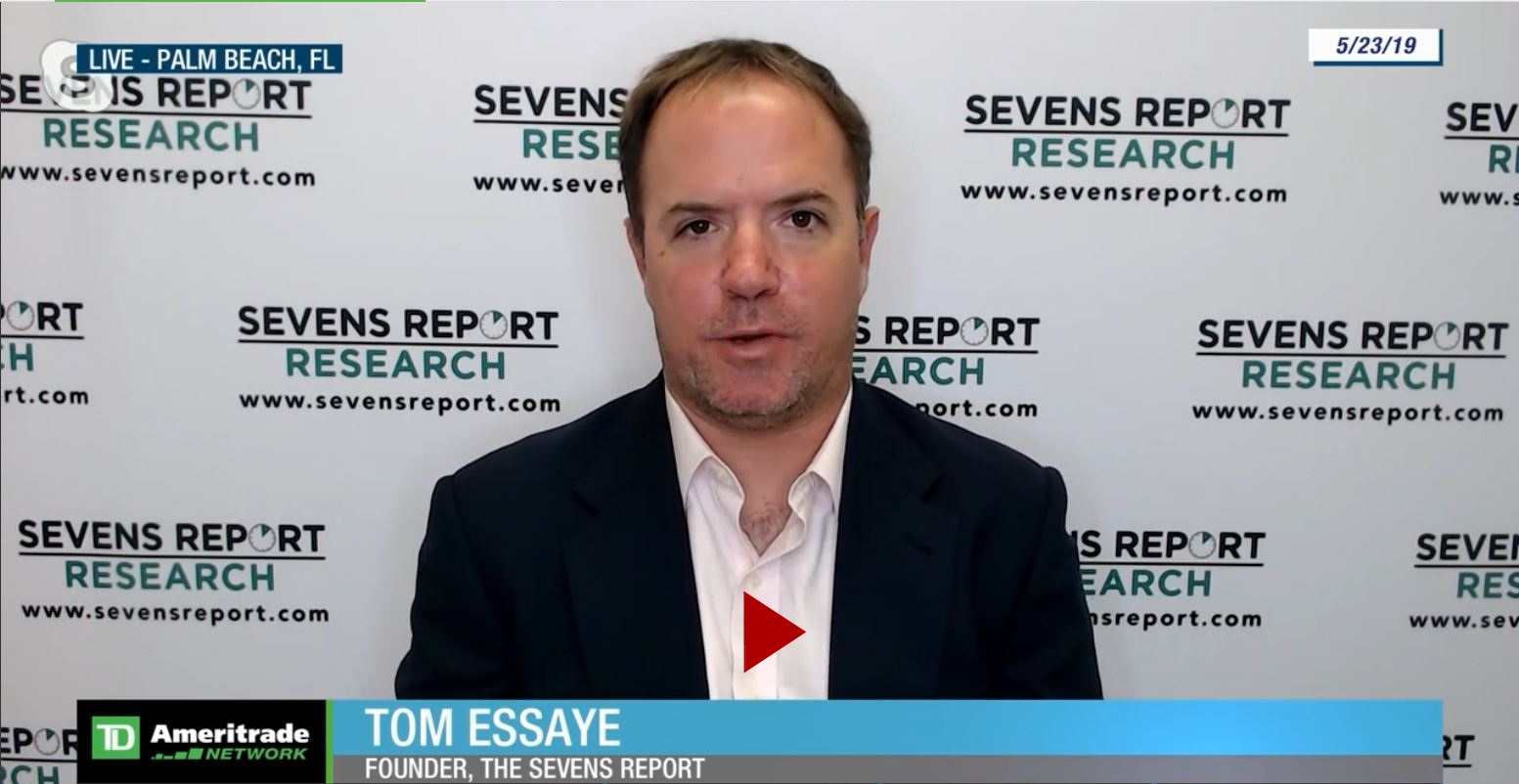Technical Update (Important Levels to Watch)
What’s in Today’s Report:
- Market Technical Update – Important Support and Resistance Levels To Watch
- Have Stocks Fallen Too Far Too Fast?
Futures are enjoying a modest oversold bounce following a quiet night of news.
There was no new trade news or notable economic data overnight.
Sentiment has turned negative very quickly this week, despite the lack of any incremental bad news (so far) and this morning we’re seeing stocks attempt to bounce.
There are multiple economic reports today including (in order of importance): Revised Q1 GDP (E: 3.0%), Jobless Claims (E: 215K), Pending Home Sales Index (E: 0.5%) and International Trade in Goods (E: -$71.9B).
But, the most important event of the day will be a speech by Fed Vice Chair Clarida at 12:00 p.m. ET, and the key here will be whether he sounds more open to a preventative rate cut, or whether he reaffirms the Fed’s “transitory” view of low inflation. The former will be positive for stocks, the later will be negative.



